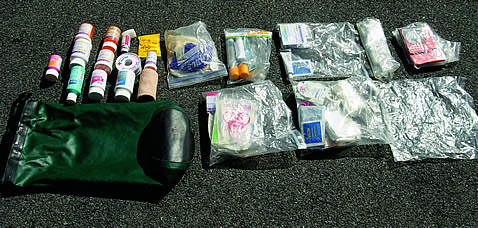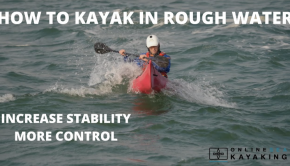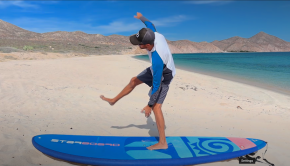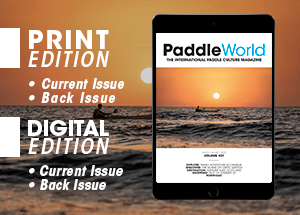What’s Up Doc? – The First Aid Kit
What’s Up Doc? – The First Aid Kit
by Dr. Jessie Stone
Anytime you head out on the water, whether it’s for a short couple of hours or a multi-day trip, it’s a very good idea to bring a first aid kit with you. This can often make the difference between a great, worry free trip and a stressful one. Luckily, this kit does not have to be complicated. First, you will need a dry bag to put your first aid supplies in. Dry bags are my housing of choice as they are malleable and can readily fit in stow spaces, and they are waterproof.
Your first aid kit should include things you are really going to use on your paddling journey not the 1 in a million scenario. Here is a list of items to include in your own first aid kit: ace bandages, acetaminophen – a.k.a Tylenol, antibiotic ointment, ant-acids, Dramamine, duct tape, gauze pads, gauze rolls, ibuprofen, iodine, soap, Snickers bar or energy bars, sun block, insect repellent, rehydration solutions, scissors or Swiss army knife with scissors, steri- strips, swim ear, super glue, wrist brace, water proof band aids, and zip-lock bags.
Common paddling maladies are dehydration, motion sickness, and tendonitis of the forearm. Be sure your first aid kit includes rehydration solutions – you can even use Gatorade if you like. Be sure to include Dramamine for motion sickness. It comes in chewable or regular pill form and even in a patch. As you may already have experienced, motion sickness can put a rapid end to any trip. For tendonitis, you really want to nip it in the bud before it becomes too painful to hold your paddle – another trip ender. Thus carrying a wrist support and ibuprofen are very helpful.
It is also important to include things that will assist you in the treatment of minor first aid problems such as cuts or blisters. Soap, zip lock bags, antibiotic ointment, band-aids, steri-strips, and super glue are must-have items. You want to be able to clean and irrigate wounds well; hence the soap and zip lock baggies. If you poke a hole in the corner of a zip-lock, when you fill the bag with water, you can squeeze water out under pressure and will now be able to irrigate a wound thoroughly. Steri-strips can be used in place of sutures if you get a deep cut and they will help the wound stay closed and dry. Super glue is great for filling in blisters so that you can paddle without pain. Be sure to eliminate as much fluid as possible from your blister and once you have done that, glue the loose skin to the skin behind it. The super glue itself stings on application but within a few minutes you will feel good as new and ready to paddle. Super glue is also bacteriocidal, which means it will kill any critters that may be infecting your blister.
Iodine can be a lifesaver if you are out of water and near a fresh water source. Iodine can be used to treat water to make it potable as well as to help clean out wounds. Sun block, insect repellent, and Snickers or energy bars are pretty self explanatory – it’s always good to be prepared. Swim ear is great for preventing external ear infections by clearing the water out of your ear. Duct tape is great for everything on the water, whether you need to tape over a bandaged site to keep it dry or tape over something on your boat or paddle – duct tape is must-have in any kit. And you can keep everything extra dry and separated by putting things in Zip-lock baggies. This is a basic paddling first aid kit but it can make a big difference for the quality of your trip. Stay safe and have fun out there on the water!
Jessie Stone is an MD and whitewater paddler who spends up to 6 months a year in Uganda paddling and running Soft Power Health. Her sponsors are Jackson Kayak, KEEN Footwear, Shred Ready Helmets, AT Paddles, and Dermatone Sunblock.
Ask the Doc! Visit paddleworld.com contact page and ask Jessie about any injury related to kayaking. www.paddleworld.com/contact-us/










